History of the Lighter at Concerts
Ever wonder where the tradition of holding up a lighter at concerts began? So did we...
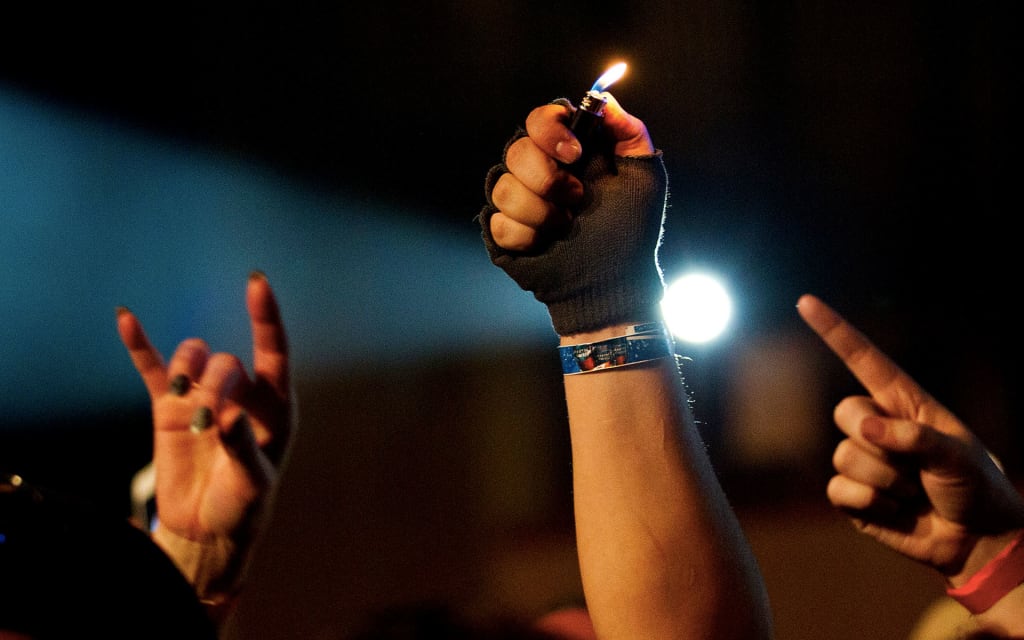
It's an image we all know: thousands of people holding lighters in the air, in flickering tribute to their favorite musicians. No concert is complete without it; it's a way of bringing people together during the most emotional parts of a concert, and also used by fans to request an encore or show their overall appreciation.
While the symbol of the concert lighter has incredible social and cultural significance, today it has largely been replaced by cellphones. Stadiums are now filled with uplifted phones, either recording the concert, or turned around and waved, with their screens and flashes providing light. Regardless of whether it is a lighter or a cell phone, or why it is being used, the act of raising a light at concerts has persisted and is today so entrenched that few even question the activity. But where did the lighter at concerts come from, and what is its purpose?
History of the Lighter

Photo by Pkox
There are many conflicting stories regarding the origin of the lighter at concerts. Nonetheless, there seems to be broad agreement that the practice began in the late 1960s or early 1970s. At this time the Bic disposable lighters we now associate with the practice weren't yet available in the United States. So if the practice began in North America, as many of the accounts contend, it likely began with Zippo-style lighters. Because the Zippo lighters are windproof, it's much easier to hold up and maintain its flame.
The following are a few possible accounts of the origin of the concert lighter as a piece of concert culture and etiquette. Keep in mind when considering these stories that smoking (tobacco and otherwise) was much more prevalent in the late 1960s and early 1970s. Unlike today, chances were strong that most people would have had a reliable lighter on them most of the time.
Melanie at Woodstock
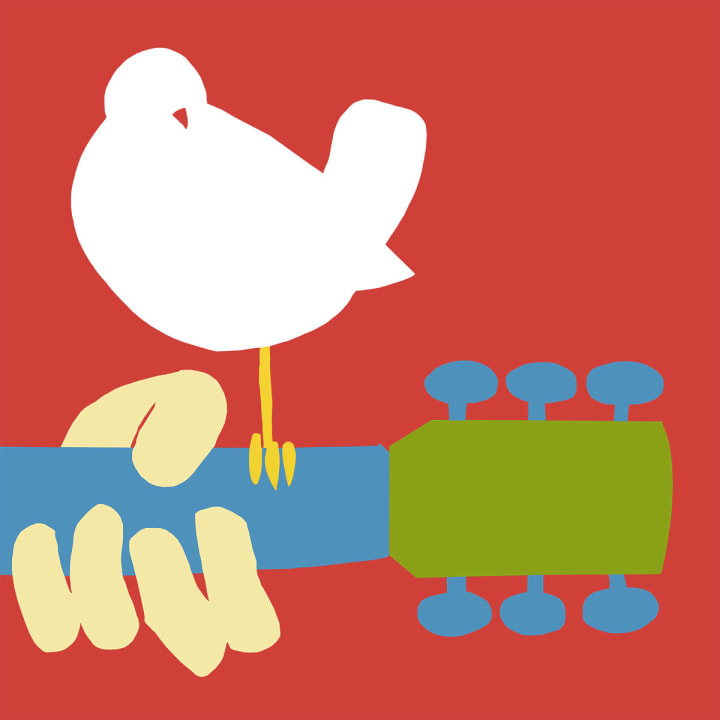
In 1969, at the original Woodstock Festival, Melanie Anne Safka-Schekeryk, better known as simply Melanie, was performing in the rain when she saw the hillside light up with thousands of candles. It is not entirely clear why the audience spontaneously began lighting candles, but the event was significant enough that Melanie went on to write a song about it called "Candles in the Rain". While Melanie described the lights as candles, some sources suggest that they were more likely matches and lighters, although some candles may have been used as well.
The fact that Melanie wrote a song about this makes it fairly likely that this is one of the earliest occurrences of the lighter at concerts, if not its actual origin. Reports also claim that the practice continued at Melanie's later concerts in New York, lending the account more credibility. However, since there are no photos of the candle lighting at Woodstock, this version relies predominantly on Melanie's testimony.
Leonard Cohen at the Isle of Wight
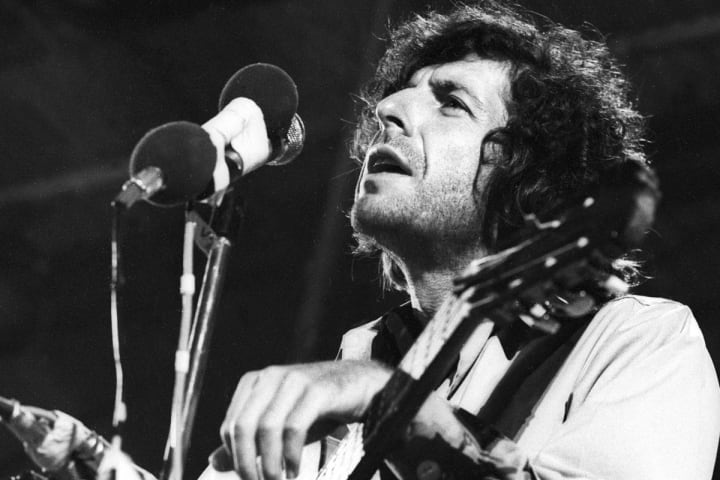
In 1970, at the Isle of Wight Festival, Leonard Cohen took to the stage around two in the morning amidst violent rioting. All day, the audience of 600,000 had been causing fires, throwing bottles at performers, and booing people off stage. When Cohen stepped on stage to perform he spoke calmly in his monotone voice and began to tell the audience a story about his father who took him to the circus as a child. Remarkably, the audience began to listen. As Cohen continued, he asked them to each light a match so he could see where they all were. The audience did so and hundreds of thousands of small lights pierced the darkness. Cohen calmly chastised the crowd for their violence and then began to sing "Bird on a Wire". Afterwards the crowd was largely calmed.
Those who witnessed the event describe how shocking it was to see Cohen use his calming tone to soothe thousands of rioters. This was something that no one else had been able to accomplish. It solidified the notion of matches and lighters at concerts as a sign of solidarity, and brought the audience and the performer together in an incredibly intimate way. While this account of the origin of the concert lighter takes place a year after Melanie's performance, it has the advantage of being incredibly well documented. There are even videos that can be found of the event. Though it might not be the first use of the concert lighter, it is certainly one of the most important events in the early history of the concert lighter because it gives the act so much meaning.
Plastic Ono Band
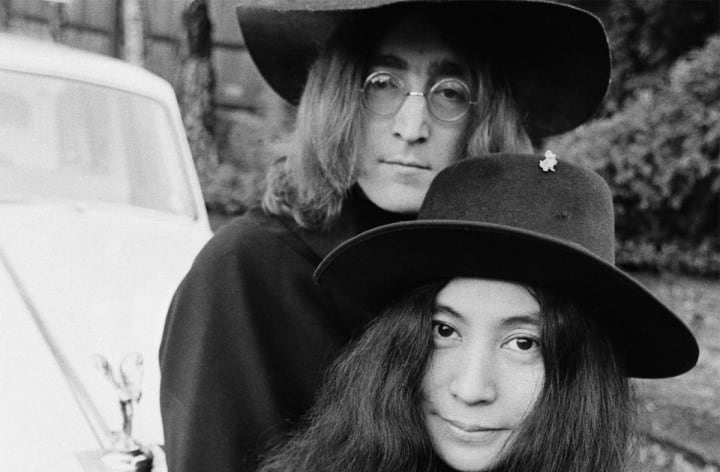
Photo by Bob Thomas
When John Bower introduced John Lennon and Yoko Ono at their performance in Toronto, Ontario, during the 1969 Live Peace in Toronto concert, he asked that the audience light matches and lighters before they stepped onstage. The audience did just that. Some claim that this is the first use of the lighter at concerts (this event occurred just one month after Melanie's performance at Woodstock) but there is not much in terms of corroboration for this. Instead, this is almost certainly the first time a musical performance was welcomed on stage with lighters.
Bob Dylan and The Band

In 1974, Bob Dylan and The Band toured the world together. During this tour, they popularized the use of lighters during the best parts of songs. While not the first, this is certainly one of the most important events in the history of the concert lighter, because it helped spread the phenomenon around the world. By the time the world tour was completed, the practice of using a lighter at concerts was so popular and so closely associated with the tour that the cover of the live album Before the Flood by Bob Dylan and The Band featured a now iconic photograph: an entire audience holding lighters.
Other Accounts
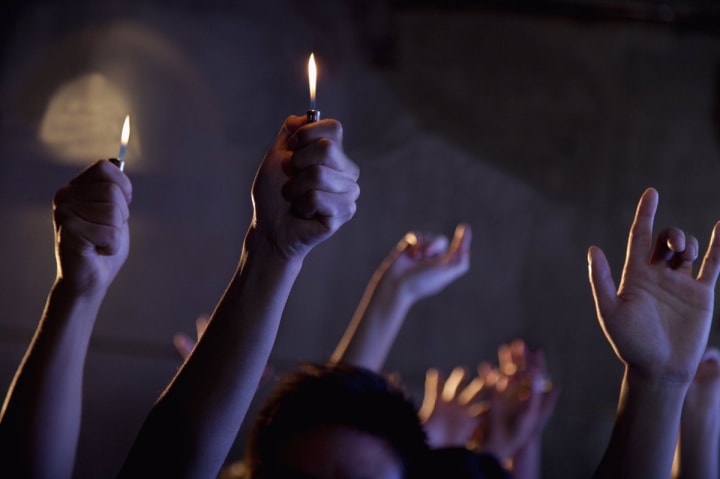
Photo by Robert Daly
Other accounts claim that the practice began with The Doors, while some maintain that it all started with Neil Diamond. These seem to be mainly due to the musician's specific songs and their obvious suitability for the trend. For instance, Neil Diamond's song "Turn on Your Heart Light" is often cited as the origin, but this is probably just because it would have been popular to use lighters during this song after the trend had already started. In the same way, those who claim The Doors are responsible for the phenomenon are probably just referring to their 1968 song "Light My Fire". Instead, the song was probably just seen as a perfect reason to light a match or lighter after the trend was already well established.
Another popular but unlikely account of the origin of the use of the lighter at concerts is that it was done in order to hide those who were smoking marijuana from authorities. With everyone lit up, the tip of a joint supposedly wouldn't be visible. This account seems entirely apocryphal, however, for several reasons. First, smoking cigarettes was so common that hiding a joint in a concert full of thousands of people would hardly have been difficult. It seems absurd that everyone would have to use their lighters to disguise a single user. Second, at most of these concerts, like Woodstock, and the Isle of Wight, it is unlikely that authorities were even concerned with drug use. After all, the Isle of Wight involved a riot of 600,000 people. Drug use was the least of anyone's concern. Finally, with thousands of people attending these concerts, hiding in the crowds would have been very easy, even if people weren't smoking. These accounts simply don't add up.
While there are many viable accounts of the origin of the lighter at concerts it seems likely that Melanie or Leonard Cohen were the earliest originators of the practice.
Evolution and the Cell Phone

Photo by Robert Daly
Due to increased awareness of health risks and shifting social values, widespread tobacco consumption and drug use declined toward the end of the twentieth century - as did the need to carry lighters around. As the demand for lighters began to subside in the late 90s and earlier 00s, the presence and use of cell phones began to increase. By the early years part the 21st century most people had cell phones and today you can expect that almost every single person at a concert will have a cell phone, while far fewer will have lighters. Because of this shift in what people had at hand for producing light, the use of the lighter at concerts was slowly replaced by the screen light of cell phones. Eventually, as cellphones became more advanced and most came equipped with cameras and flashes, it became even easier to use a cell phone as a flashlight. We have come full circle - there are now many popular phone apps that replicate the old Zippo style lighter.
While the lighter at concerts has today been almost entirely replaced by cell phones, the meaning is the same as it was at the origin of the phenomenon. The light serves as a way of bringing an audience together with the performer, of acknowledging the performer, participating, appreciating, and asking for even more.
About the Creator
Will Vasquez
Venue manager in Austin, TX. No, you can't meet the band.






Comments
There are no comments for this story
Be the first to respond and start the conversation.